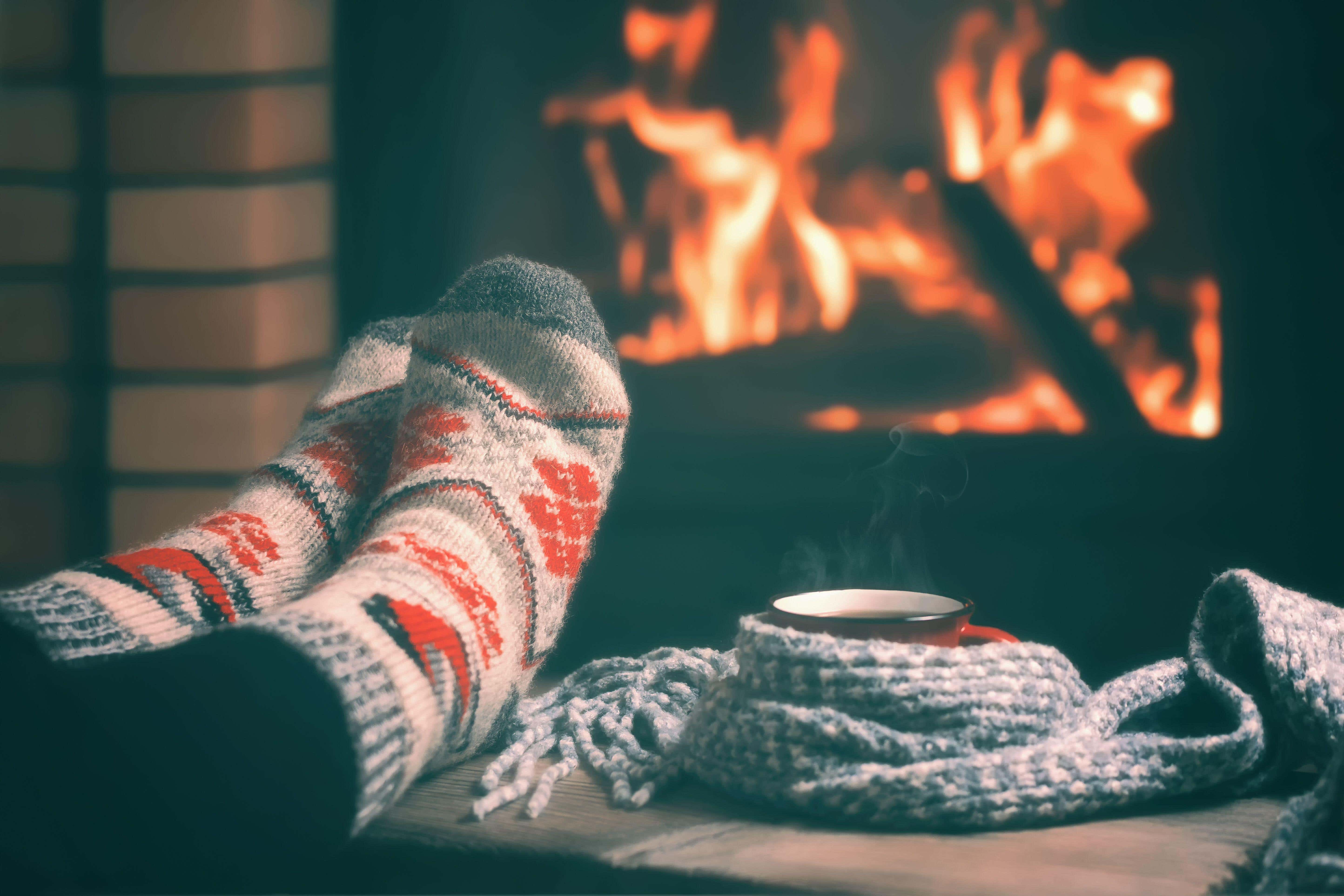Tips for keeping warm as the ‘wintry spell’ begins
Forecasters say frost will hit some areas from Tuesday evening.

Your support helps us to tell the story
From reproductive rights to climate change to Big Tech, The Independent is on the ground when the story is developing. Whether it's investigating the financials of Elon Musk's pro-Trump PAC or producing our latest documentary, 'The A Word', which shines a light on the American women fighting for reproductive rights, we know how important it is to parse out the facts from the messaging.
At such a critical moment in US history, we need reporters on the ground. Your donation allows us to keep sending journalists to speak to both sides of the story.
The Independent is trusted by Americans across the entire political spectrum. And unlike many other quality news outlets, we choose not to lock Americans out of our reporting and analysis with paywalls. We believe quality journalism should be available to everyone, paid for by those who can afford it.
Your support makes all the difference.As cold arctic air is set to move across the UK, plunging temperatures to as low as minus 10C, what can you do to keep yourself warm – both in and out the house?
Keep your curtains closed
Curtains aren’t exactly airtight, but even the loosest layer of fabric can make a remarkable difference when it comes to limiting heat loss – particularly if the sun is at the other side of the house, meaning you don’t have any warm light streaming in.
Draught-proof doors, windows and cracks
For windows that open, use self-adhesive strips to seal up any gaps around the frame, and use a soft, silicone sealant for windows that stay closed. Doors can be given similar treatment, but for floor level openings, use an old-fashioned, ‘sausage dog’ draught excluder.
Letterboxes and keyholes are also classic sources of draughts. Plug them respectively with letterbox brushes and keyhole covers.
If you have a chimney you do not use, it’s easy access for a chilly breeze. Chimney draught excluders start at around £15.
Stay hydrated
Drinking lots of water could help in this weather. Dr Jay Verma, a GP working with care tech company Oysta, says: “Keeping hydrated is important in helping the body maintain its core functions, including maintaining body temperature. It’s also very important for the good functioning of our kidneys. Water is transported in the blood to our vital organs and not having enough water in itself can lead to a low body temperature.
“But keeping hydrated also helps prevent skin conditions like eczema or itchy, tight skin which can occur in cold weather. However, for keeping warm, it’s best to drink warm drinks than cool water. If someone has hypothermia, the advice is to offer lukewarm fluids.”
Get moving
Even if you can’t face going outside, doing a quick workout in your living room will warm you up. “Exercise kick-starts your metabolism,” explains Verma. “Your heart rate increases, thus increasing blood flow around the body to fuel the organs and muscles doing the work.”
Put foil behind your radiators
If you have radiators fixed to external walls, slide a layer of tinfoil between the wall and unit to reflect as much heat as possible back into the room. Pick up special heat reflector aluminium foil to maximise retention, and remember that hanging clothes on a radiator forces it to work twice as hard.
Regular bleeds will ensure your radiator performs optimally. Run your hand over your unit – if it’s cool at the top and warmer towards the bottom, it’s time to bleed it. Plus, radiators need space to emit heat effectively – make sure your furniture isn’t too close.
Embrace soft furnishings
Rugs are particularly effective, acting as an extra layer of insulation. Tapestries and wall hangings behave like rugs for your walls, limiting conductive heat loss through poorly-insulated masonry. The thicker and heavier the material, the more effective it will be. And, of course, put cosy blankets everywhere – from the sofa to the dining chairs.
Wear layers, not bulky jumpers
It can be tempting to pull on your thickest jumper to stay warm, but you might be better off in multiple thin layers.
Not only can they be added and removed as you go in or outside, but warm air gets trapped between the layers – acting as insulation, and helping you keep warm.
Get a smart heater
A smart thermostat can target your heating to ensure you’re only using (and paying for) what you need. These gadgets will connect your heating system to an app on your smartphone, allowing you to schedule your heating to come on ahead of time, or simply turn it on when you’re heading home. Many modern models can heat room-by-room.